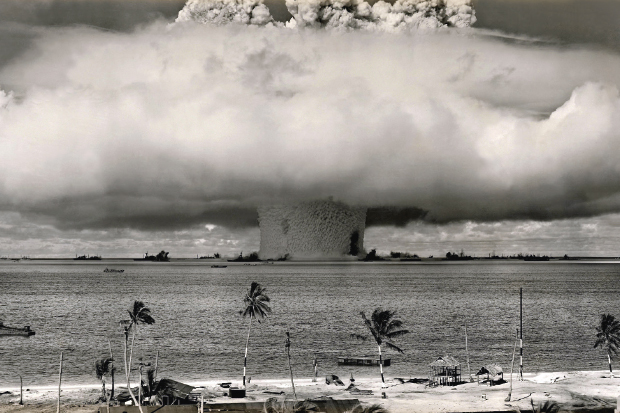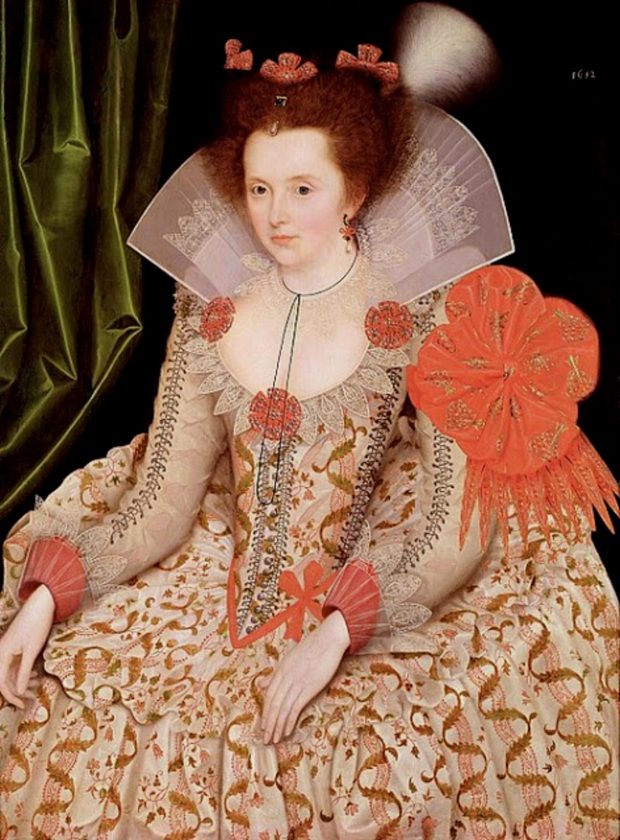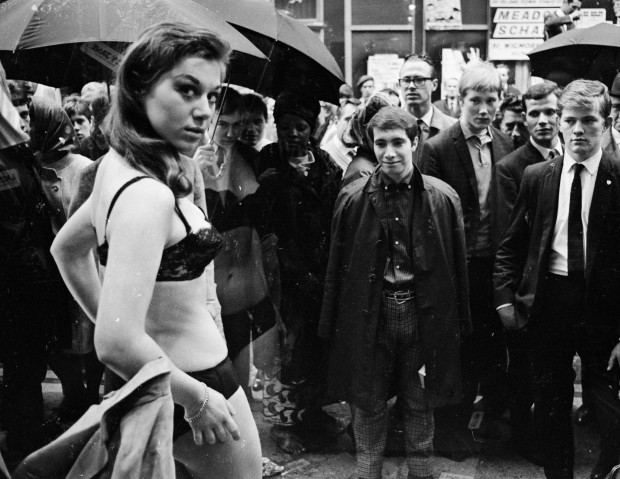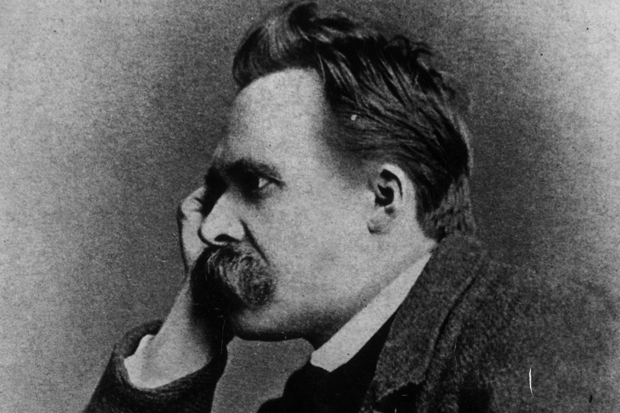About a century ago, scientists started meddling with an unfamiliar force of nature and the rest of us were terrified. That force was called electricity and nowadays we’re all fine with it. What Timothy Jorgensen wants to know is: why don’t we feel equally relaxed about radiation? After all, electricity is just as dangerous, but only if you’re very unlucky or very stupid. As his sparky book explains, radiation is really much the same. So why are we so scared of it, even when we’ve (usually) no need to be?
Cards on the table: I know nothing about science. But that’s OK, because this book is meant for Luddites like me. Not only do most of us fail to understand what radiation is (‘energy on the move’ is Jorgensen’s useful definition), we’re hopeless at weighing its risks and benefits. Radiation can be good and bad for you (sunlight is a good example). It can cause and cure cancer (cancer cells are more sensitive to radiation, so a low dose can kill your tumours without killing you). As Jorgensen says:
If you don’t want a radiation-induced cancer, lower your radiation exposure as much as possible. Unfortunately, it’s not as simple as it sounds, because if you are too vigilant about keeping your exposure down you will deprive yourself of some of the benefits of radiation technology.
The scientists who discovered radiation were groping in the dark. Marconi had no idea why his radio waves could travel round the world, since they move in straight lines (the atmosphere acts as a lid which stops them sailing off into space). Einstein never thought of making an atom bomb until a layman wrote to him and suggested it (Einstein thought it was a daft idea).
These boffins were similarly ignorant about the health risks. Thomas Edison’s assistant, a plucky chap called Clarence Dally, lost his fingers, then his hands, then his arms and ultimately his life to cancer, as a result of his pioneering experiments with X-rays (two of Marie Curie’s assistants died in similar circumstances). Lots of young women died from radium poisoning painting luminous dials on wristwatches. Their skeletons will remain radioactive for several hundred thousand years. Despite these horror stories, quacks continued to sell radium water as a miracle cure-all, with predictably grotesque results (radiation levels were so high, some patients had to be buried in lead coffins).
As the death of Alexander Litvinenko (from a cuppa laced with polonium) reconfirmed, some forms of radiation are very bad for you, but if you take some basic precautions you’ll probably be fine. Wilhelm Roentgen, who discovered X-rays, had a hunch they might be dangerous, though he didn’t quite know why. Roentgen trusted his instincts and lived to a ripe old age.
Superficially, this book can be enjoyed as a sort of scientific QI — a string of interesting facts you can’t wait to share with anyone who can be persuaded to listen. Did you know that the microwave oven was invented quite by chance after a radar engineer discovered a melting chocolate bar in his pocket? Did you know that the atom bomb they dropped on Hiroshima was hotter and brighter than the sun? However, Jorgensen’s book also performs a far more useful function: teaching lazy arts graduates like me what we should have learnt at school. I never understood the meaning of E = mc2 until now (I probably still don’t, but at least I think I do, which is some comfort).
A lot of other science books may contain equally intriguing information, but I wouldn’t know because most of them are so badly written. Jorgensen proves that there’s no excuse for convoluted writing, however difficult the subject. His conversational style makes even the most complex equations seem attractive.
And when he tackles something really grim, like the medical effects of Hiroshima, his matter-of-fact reportage is far more effective than flowery prose.
The saddest story in this book concerns the 167 inhabitants of Bikini Atoll, persuaded to vacate their homeland so that the USA could test hydrogen bombs there. On being told that it was ‘a project to benefit mankind’, the island chieftain announced:
If the United States government and the scientists of the world want to use our island for furthering development, which with God’s blessing will result in kindness and benefit to all mankind, my people will be pleased to go elsewhere.
Oh dear. When his people finally returned, they contracted all sorts of cancers. ‘It is estimated that over 50 per cent of the valid claimants died before realising the full amount of their awarded compensation,’ records Jorgensen.
The moral of this story? For pampered folk like us, radiation is nearly always harmless. But for those poor sods who end up on the front line of history, it can be very dangerous indeed.
Got something to add? Join the discussion and comment below.
Get 10 issues for just $10
Subscribe to The Spectator Australia today for the next 10 magazine issues, plus full online access, for just $10.
Available from the Spectator Bookshop, £24.95 Tel: 08430 600033
You might disagree with half of it, but you’ll enjoy reading all of it. Try your first month for free, then just $2 a week for the remainder of your first year.














Comments
Don't miss out
Join the conversation with other Spectator Australia readers. Subscribe to leave a comment.
SUBSCRIBEAlready a subscriber? Log in